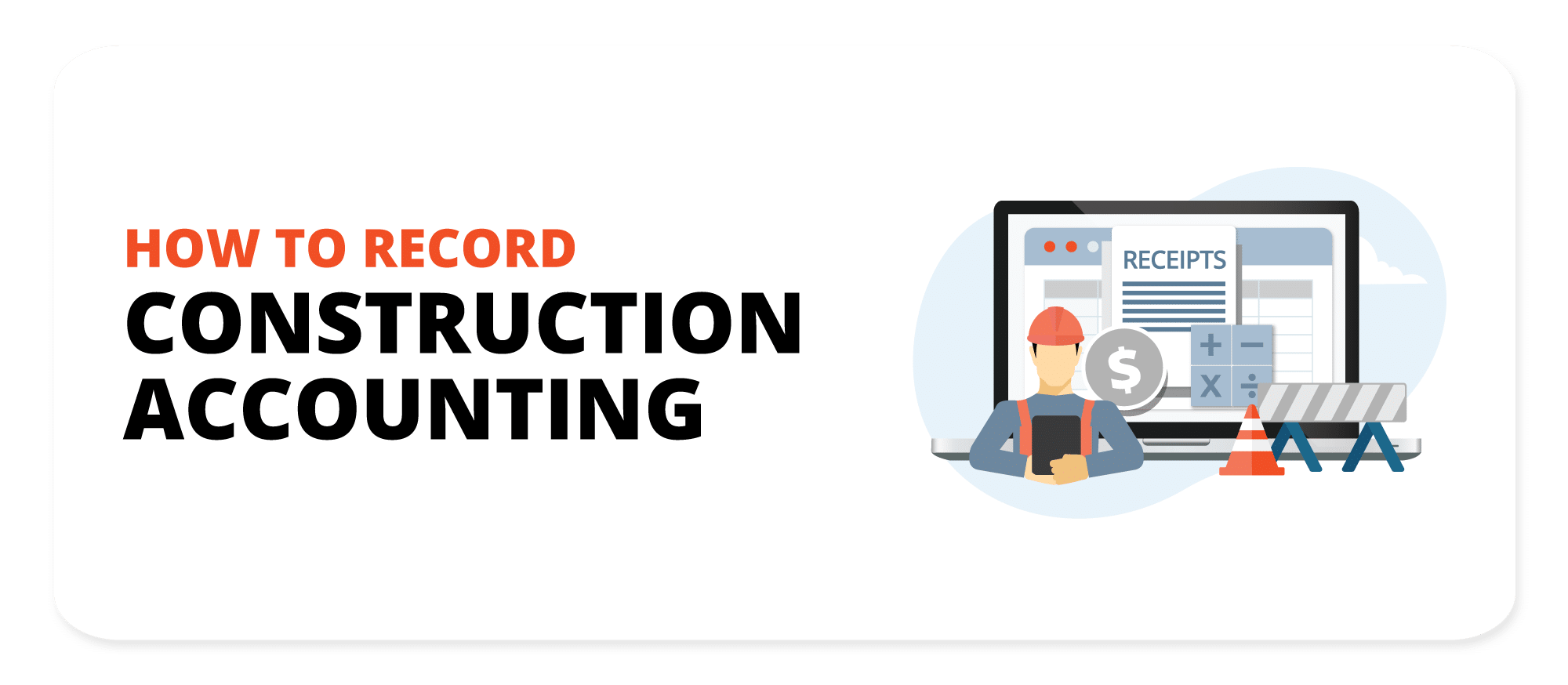Grasping Building Bookkeeping: Vital Tips for Financial Success in the Sector
Mastering building audit is an important element for economic success within the industry, as it incorporates various techniques that directly influence task success. Checking out these forgotten approaches might disclose chances that can change your approach to building audit.
Recognizing Building And Construction Bookkeeping Basics
Understanding the principles of building audit is essential for effective job administration and monetary oversight in the building sector. Construction audit differs substantially from typical accountancy practices because of the one-of-a-kind obstacles positioned by project-based job, consisting of variable expenses, varying timelines, and complex regulative needs.
A key aspect of building and construction bookkeeping is job setting you back, which includes tracking costs for each and every specific job. This approach allows service providers to properly assess success and make notified monetary choices. Furthermore, building bookkeeping incorporates using development payment, where billings are provided based upon the portion of job finished, guaranteeing cash circulation is maintained throughout the project lifecycle.
An additional vital element is the administration of adjustment orders, which represent modifications to the initial contract range. Proper documentation and accountancy for these adjustments are crucial to stop monetary disagreements and guarantee accurate job budgeting.
Lastly, recognizing the importance of conformity with market laws and tax obligation demands is paramount. Exact economic coverage and adherence to audit requirements not only protect against legal concerns yet also improve the reliability of building and construction firms. Grasping these fundamentals sets the foundation for reliable financial administration within the building sector.
Effective Project Budgeting Strategies
Efficient job budgeting methods are critical for making sure that building and construction jobs stay economically viable and on the right track. A well-structured spending plan works as a roadmap, assisting job managers with the complexities of building expenses. To begin, it is crucial to establish an extensive extent of job that details all essential tasks and deliverables. This clarity aids in properly approximating prices.
Following, employing historical information from previous jobs can significantly boost the precision of spending plan estimates. By analyzing previous expenditures, teams can determine cost patterns and prospective challenges. In addition, involving stakeholders during the budgeting procedure fosters transparency and protects buy-in, which can reduce conflicts in the future.
Additionally, embracing a comprehensive line-item budget enables precise tracking of prices related to materials, labor, and overhead. This granularity enables job supervisors to identify variations early and adjust approaches as necessary. Additionally, integrating contingency allocations within the spending plan can assist represent unforeseen expenses, protecting the job against monetary strain.
Last but not least, normal budget evaluates throughout the task lifecycle make sure that financial purposes continue to be straightened with task objectives, assisting in prompt interventions when necessary. Applying these strategies can significantly add to the monetary health and success of building and construction jobs.
Streamlining Cost Tracking Procedures
Precise price tracking processes are important in the construction industry, as they often identify the financial success of a project. Efficient tracking allows project supervisors to keep track of costs in real-time, guaranteeing they continue to be within budget and can make educated choices quickly. To simplify these processes, it is essential to adopt a systematic technique that incorporates modern technology and recognized protocols.
First, using specialized construction bookkeeping software can automate information access and coverage, lessening human mistake and raising efficiency. construction accounting. Such software application frequently consists of attributes for tracking labor, products, and subcontractor costs, supplying an extensive view of job expenses
2nd, systematizing treatments for videotaping prices across tasks improves consistency and simplifies analysis. Establishing a clear chart of accounts customized to the one-of-a-kind needs of building projects can facilitate precise categorization of costs.
Lastly, normal training for personnel on the value of specific expense tracking and the tools made use of while doing so advertises liability. By implementing these methods, try these out building and construction firms can substantially improve their expense monitoring processes, leading to improved monetary control and job success. Ultimately, a well-structured strategy to set you back monitoring prepares for effective project administration and long-term monetary sustainability.
Managing Cash Money Circulation Successfully

Frequently keeping track of cash circulation statements is necessary. By evaluating cash inflows and outflows, services can recognize patterns and prospective deficiencies. This technique promotes timely adjustments to spending or repayment schedules, find this preventing cash money scarcities that could endanger task timelines.

Finally, maintaining an economic pillow or line of credit history can offer a safety internet during lean durations. Utilizing these strategies will certainly cause an extra stable economic foundation, allowing construction firms to browse the sector's intrinsic uncertainties with higher confidence.
Avoiding Common Accountancy Pitfalls
In the complex landscape of building audit, staying clear of usual challenges is necessary for preserving economic honesty and task success. One widespread issue is inadequate record-keeping. Building tasks commonly involve countless purchases, and failing to document them appropriately can bring about disparities and monetary losses. It is crucial to execute a robust system for monitoring costs, labor, and products.
Another pitfall is the mismanagement of change orders. Modification orders are a natural component of building tasks, yet without correct accounting for these modifications, business might battle to recover expenses. Developing a clear procedure for documenting and approving adjustment orders can reduce this risk.
Furthermore, ignoring to resolve accounts frequently can cause inaccurate economic statements and prevent decision-making. Normal reconciliation makes sure that records align with financial institution declarations and task documentation.
Finally, neglecting tax obligation responsibilities can have extreme effects. It is necessary to stay notified concerning tax guidelines specific to the construction industry, including sales tax obligation on products and labor.
Verdict
Grasping building and construction accountancy is essential for attaining monetary success within the sector. Focusing on conformity and addressing typical bookkeeping pitfalls solidifies reputation and sustains lasting productivity, eventually cultivating a lasting competitive benefit in the building and construction sector.